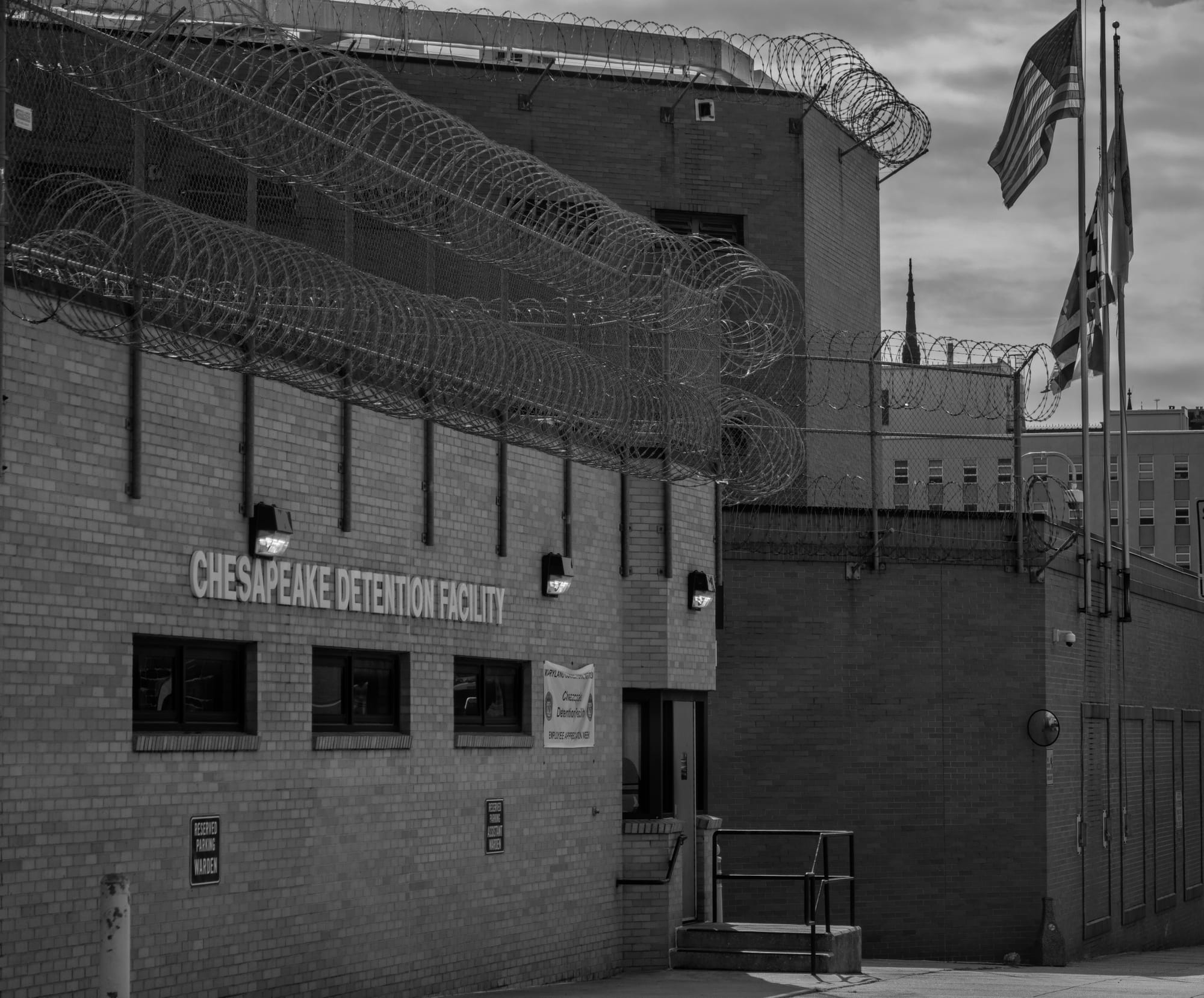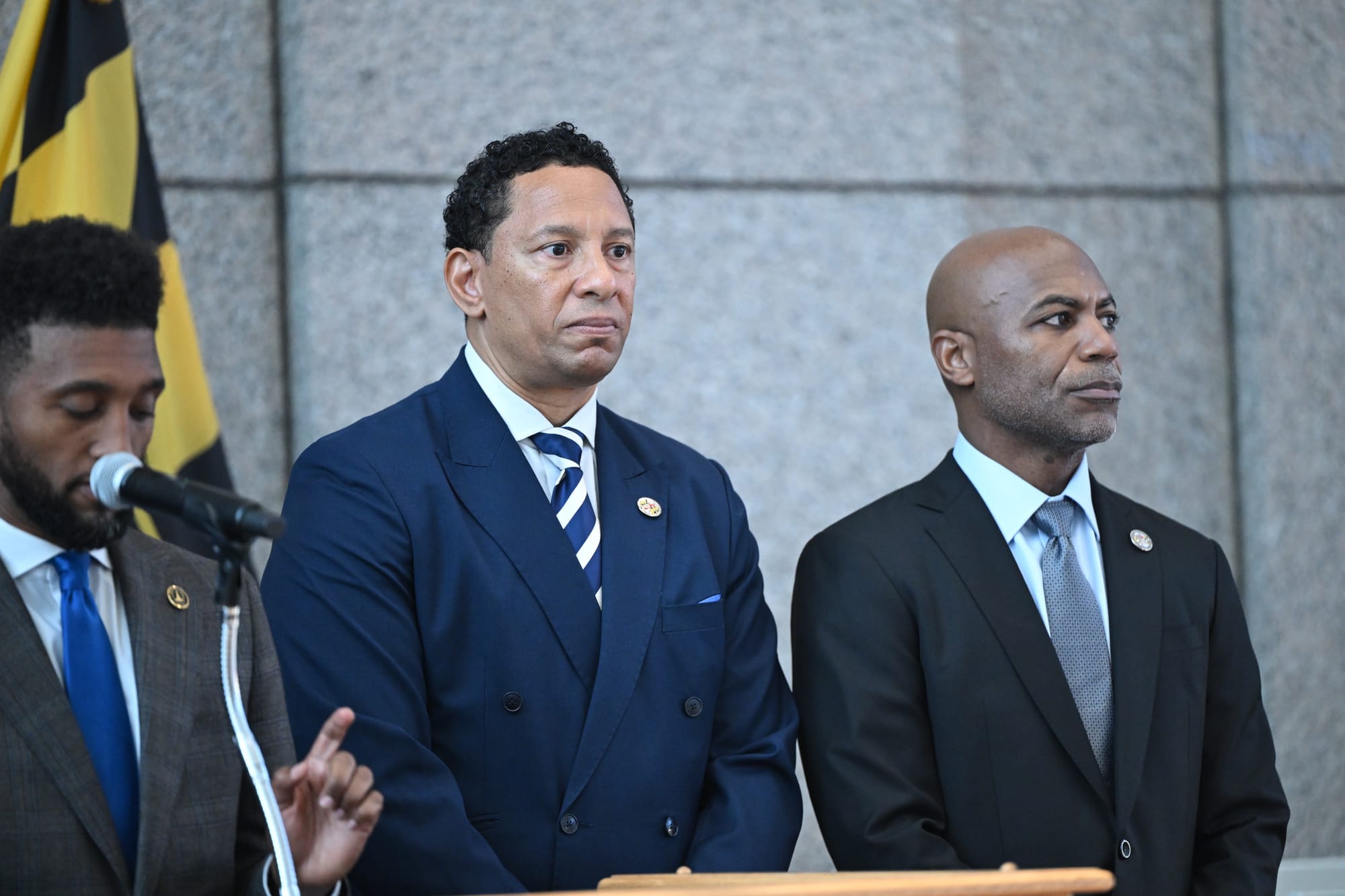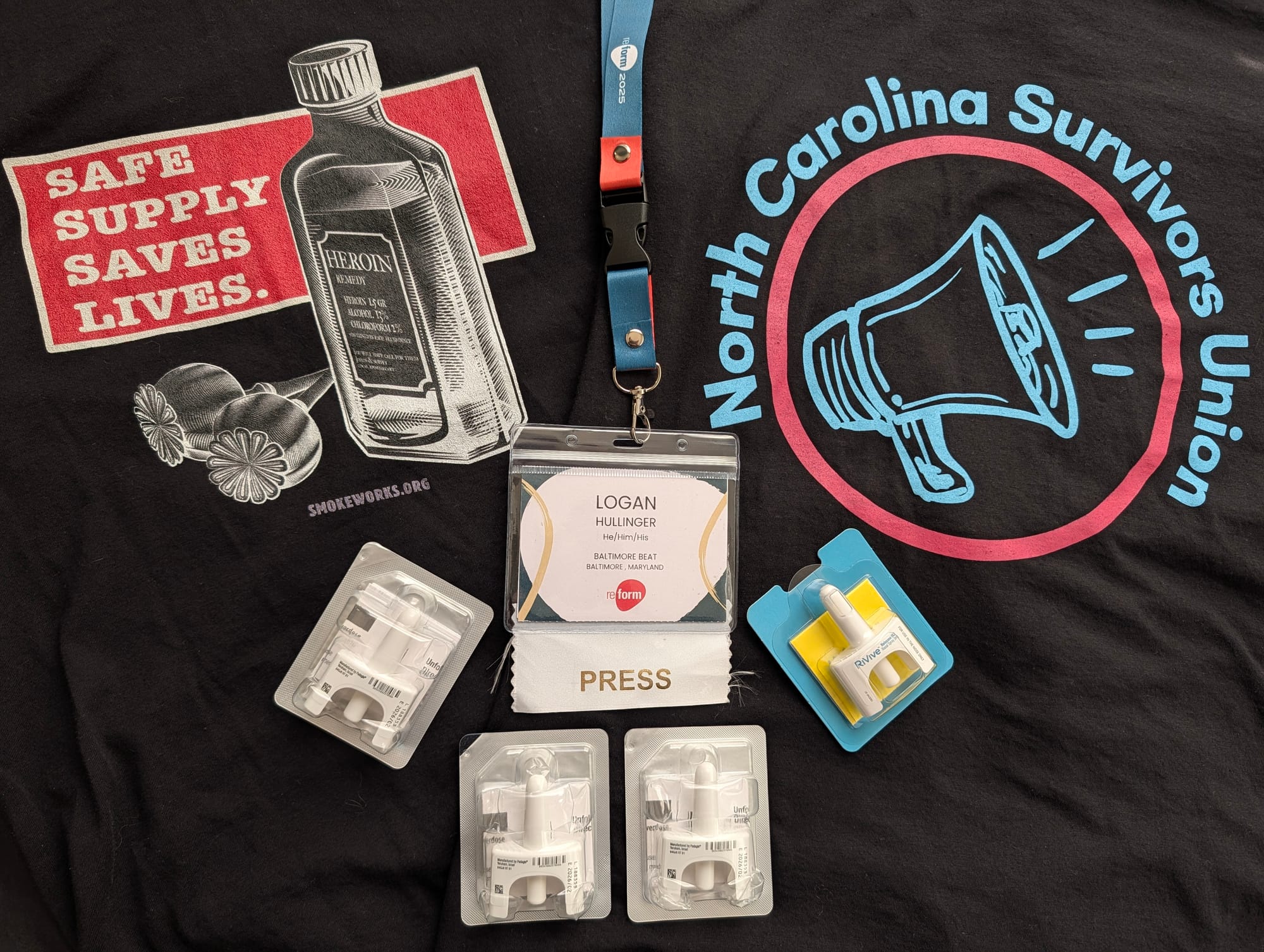
Maryland has delayed the implementation of a program that would nearly triple the number of incarcerated individuals with access to life-saving opioid-use disorder medications, holding up care for thousands who are at dangerously high risk of fatally overdosing upon release.
The program, made possible by the creation of the federal Medicaid Reentry Section 1115 Demonstration Opportunity in 2023, allows Medicaid to cover access to methadone, buprenorphine and naltrexone, also known as medications for opioid use disorder or MOUD, for 90 days pre-release in state prisons and state-run detention facilities in Baltimore. It would also expand post-incarceration case management and provide counseling and prescribed medications up to 30 days post-release.
The delay was not announced publicly. It was slated to roll out on July 1 but will now begin sometime this fall, though state officials would not provide a reason for the delay other than “to finalize an approved implementation plan.”
Despite not providing much information about the delay of the rollout, the Maryland Department of Public Safety and Correctional Services does not dispute the necessity of the medications.
“The importance of providing these services while incarcerated cannot be overstated,” said Keith Martucci, spokesperson for the Maryland Department of Public Safety and Correctional Services.
“We believe that Medicaid enrollment, continued treatment, and establishing health connections in the community will contribute greatly to reducing recidivism.”
Expanding access to the medications is crucial. Some studies have shown that up to 69% of incarcerated individuals in Maryland have substance use disorder, and a lack of harm reduction resources reinforces the importance of medication-assisted treatment. Medicaid currently does not cover the medications, and the federal program was designed to leverage the health care program to vastly expand access.
Currently, just under 1,200 incarcerated individuals take some form of opioid-use disorder medications in state prisons and state-run Baltimore detention facilities. Under the Medicaid expansion program, that number is expected to reach 3,200 statewide, though state officials say a breakdown by geographical area isn’t available.
Even when the program is rolled out, however, there are concerns that it won’t go far enough to save lives. The program does not provide access to the medications for the entire time someone is incarcerated, and it’s only meant to run for five years, meaning the expansion is not only temporary but won’t benefit many incarcerated individuals encountering a lethal drug supply inside prisons.
When questioned about the program’s limitations, state officials have said their hands are tied since the federal government sets the terms for how states implement it.
The 90-day rule is set in stone by the Centers for Medicare & Medicaid Services, which has also limited the length of programs. States can, however, seek approval to renew their programs from the federal government after the initial five years.
It’s unclear how President Donald Trump’s administration’s decision to target harm reduction initiatives while doubling down on punitive drug policy could impact the renewal process.
The government can let programs expire "if they determine the provisions do not promote the objectives of the Medicaid program,” the nonprofit KFF, which tracks national health policy, has warned.
“People should have access to the medications and health care that they need the entire time they’re in prison and outside of prison,” said Kristin Schneider, a Johns Hopkins Bloomberg School of Public Health research professor specializing in harm reduction.
“But if we are accepting that we live in a society where we take this carceral approach — that people who are in prison are now wards of the state — then the state absolutely has a responsibility to provide the appropriate medications for the duration of their stay.”
Of the roughly 1,200 incarcerated individuals who take some form of opioid-use disorder medications in state prisons and state-run Baltimore detention facilities, about 37% are incarcerated in Baltimore. While methadone is most common in Baltimore facilities, buprenorphine is more widely used statewide.
Of the six state-run detention facilities in Baltimore, only half have their own opioid-use disorder medication programs.
While the Chesapeake Detention Facility and Baltimore City Correctional Center do not currently have programs, they are slated to have full medication access by the end of the year. Those in the Youth Detention Facility receive buprenorphine as needed, sharing resources with the Central Booking & Intake Center, Martucci said.
Problems with access to opioid-use disorder medications while incarcerated are not limited to prisons, though studies have shown that less than half in the country offer the medications.
Less than half of jails in the country, which hold individuals on a shorter-term basis, offer opioid-use disorder medications.
Despite the intentions of the Maryland General Assembly’s 2019 mandate that all jails offer methadone, buprenorphine, and naltrexone during incarceration and upon reentry, the program has faced difficulties because no additional funding was provided to increase access, a Johns Hopkins study published in May found.
Also, state prisons weren’t included in the law, though state officials have said they are acting as if they were included.
Still, based on interviews conducted with incarcerated individuals over the course of more than a year, researchers found that people who were given access to the medications noted a “dramatic improvement in care.”
Brendan Saloner, a co-author of the study who now works as a professor of alcohol and addiction studies at Brown University, noted that one of the largest roadblocks to expanding access to opioid-use disorder medications is that jails and prisons often focus heavily on preventing incarcerated individuals from selling their doses to others in the facility rather than expanding access to those who need them.
“If you put all of your time and effort into trying to stop diversion, then [the program] becomes very difficult to manage,” Saloner said.
Stigma among jail staff is also a roadblock that can hamper the delivery of life-saving services, he added. The medications are imperative not only because of the initial relief they provide but also because of the ongoing threats posed by a lethal, unregulated drug supply that exists both inside and outside prisons.
“Treatment is a way to help them stave off the feeling of withdrawal, and it just improves their quality of life,” Saloner said.
“Frankly, it makes them able to better tolerate time spent incarcerated, which is already a pretty stressful experience. And drugs get into jail; when you don’t treat addiction behind bars, people often self-medicate. And so overdoses do happen in jail, and they can be fatal. Giving people treatment is a good way to keep a jail environment safer for everyone.”
Access to opioid-use disorder medications after being released from incarceration is crucial, experts say, because studies have shown the likelihood of fatal overdoses is astronomically higher due to a lack of tolerance and social support.
That’s where some local harm reduction organizations have stepped in. The Behavioral Health Leadership Institute, a nonprofit harm reduction organization, primarily offers services to those leaving the Baltimore Central Booking and Intake Center and those experiencing homelessness.
Deborah Agus, BHLI’s executive director, said that there’s no question that incarcerated individuals should have access to treatment as soon as possible, whether they are in jail or being released soon.
“This is a disease, and without treatment, consequences are dire,” Agus said. “There is no excuse to delay treatment, and treatment will also improve their chance for success upon release. If they have [opioid use disorder] and do not get medication, they will go through withdrawal and, upon release, will most probably continue to take opioids. This, of course, puts them at high risk for overdose death and also for re-incarceration and jeopardizes the progress they might have made while in treatment prior to incarceration.”
The push to expand access to the life-saving medications has become a key tenet of overdose prevention efforts in Baltimore.
In its recent two-year draft strategic plan, the Mayor’s Office of Overdose Response noted that there’s not only a lack of access to opioid-use disorder medications in prisons, but also the general public.
More than one in four respondents to a needs assessment survey said that “more access to medication for opioid use disorder, including buprenorphine and methadone, is one of the most-needed treatment and recovery support services in Baltimore City. Significant barriers to accessing social services like food, housing, employment, and transportation were also identified.”
The city’s plan entails expanding access to the medications both for those who are incarcerated and on the street — but it’s unclear whether they’ll go far enough, just as those who spoke about the state Medicaid program have argued.
Like the carceral system itself, the overdose crisis has disproportionately impacted poor Black Baltimoreans. Not only are older Black men significantly more likely to die of overdoses than the general population in Baltimore, but Black people in general are incarcerated at much higher rates. Expanding access will likely be another test to see if the city can successfully tailor its services to its most vulnerable residents.








Comments